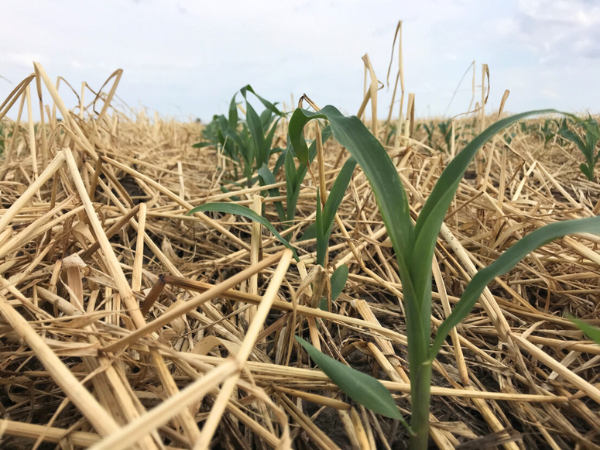Carbon Market 101 for Farmers

Farmers have several opportunities to get paid for capturing carbon in their soil, but with many programs in their early stages it is hard to keep up with the evolving changes. Understanding some of the core elements and features of these programs will help you navigate the carbon jungle and decide which opportunities are best suited for your operation.
Why Carbon?
Many companies and countries have committed to carbon neutrality or even carbon negativity within the next few decades. Carbon programs that have exploded onto the scene are one of the first circumstances where good farm data can convert into hard dollars.
Measuring Carbon Credits
Carbon credits are generated by a measurable reduction in GHGs or actual sequestration of atmospheric carbon into the soil. Today, there is no single standard for defining carbon credits, so carbon credit buyers largely decide the type and quality of the credits they seek. Carbon Registries, such as Verra and Climate Action Reserve, provide an oversight and audit function to “verify” these credits.
Inset vs. Offset
Understand who is buying your carbon credits:
- When a farm-generated carbon credit is sold to another party within the food and ag supply chain, that is an inset (i.e. the supply chain reducing its own carbon footprint).
- When a farm-generated carbon credit is sold to a party outside of the food and ag supply chain, that is an offset (i.e. the buyer is offsetting its activities with a carbon reduction from elsewhere).
In general, we recommend farmers look for inset carbon market opportunities.
Additionality
Creating a carbon credit requires you to do something new or different because carbon reduction is about reducing carbon emissions from a baseline. For row crop farmers, this means reduced (or no) tillage and utilizing cover crops. Here’s the challenge:
- Farmers who have a long history with these practices struggle to get paid for their existing good stewardship.
- Once a farmer implements these new practices and enters a field into a particular market, switching markets for a better opportunity in the future may be difficult since the practice has already been provided to their original market.
Farm Data
Programs, payments, verifiers, and terms can all vary, but the starting point for any farm is in records and data. Getting this organized will decrease your enrollment and reporting time, increase potential for payments, and lay the foundation for income streams in the future. Plan on gathering 3-5 years of historical records including soil tests, tillage, fertility, planting, crop protection, harvest, and cover crops.
Getting Paid
There are two ways for farmers to be paid through carbon markets:
- Paid for Practice – get paid for the practices you implement, regardless of outcome
- Paid for Outcome – get paid for measurable carbon sequestration in your soil
There are also some opportunities to “stack” your on-farm practices to get paid through different programs, although understanding your market is imperative to unlocking additional funds. The key is to remember that you cannot sell a carbon credit twice, and you also cannot get paid twice for the same practice on the same acre using federal dollars. Always ask your program manager the following questions: 1) Who is claiming the carbon asset? 2) Who is the funding source?
Bottom Line
Carbon markets present farmers with an opportunity to get paid for on-farm conservation practices. The key to unlocking these funds is understanding the different programs that exist, and considering which is the best fit for your farm’s conservation goals. The good news: PCM Specialists are here to help you navigate this new and evolving landscape! Find your regional specialist and reach out to discuss the opportunities available to you and how to optimize conservation practices on your farm. There is no cost to join, and your Specialist will even handle getting your farm data compiled for these programs!
—
Additional Resources:
https://www.ilsoyadvisor.com/carbonsense/

